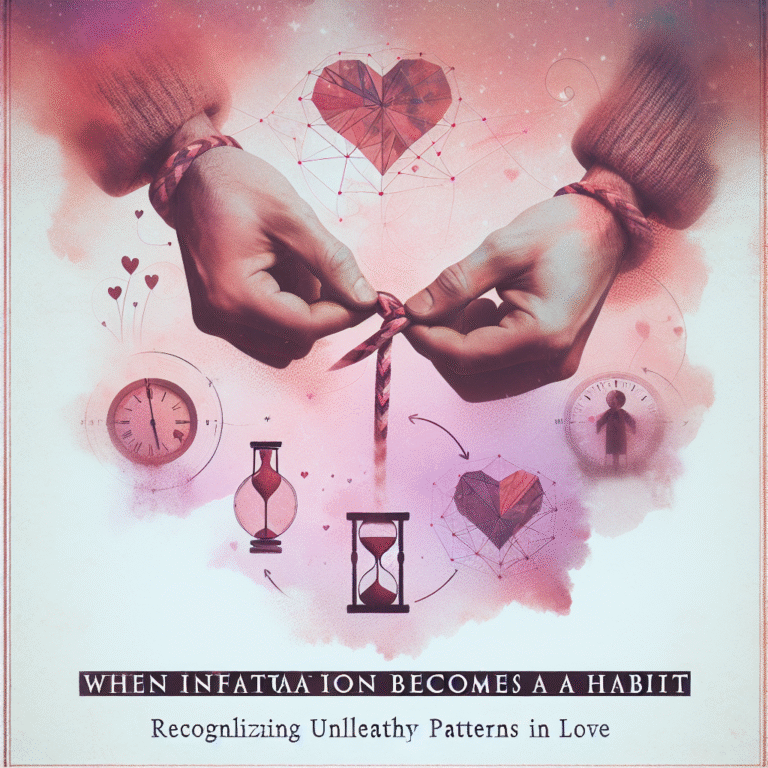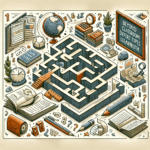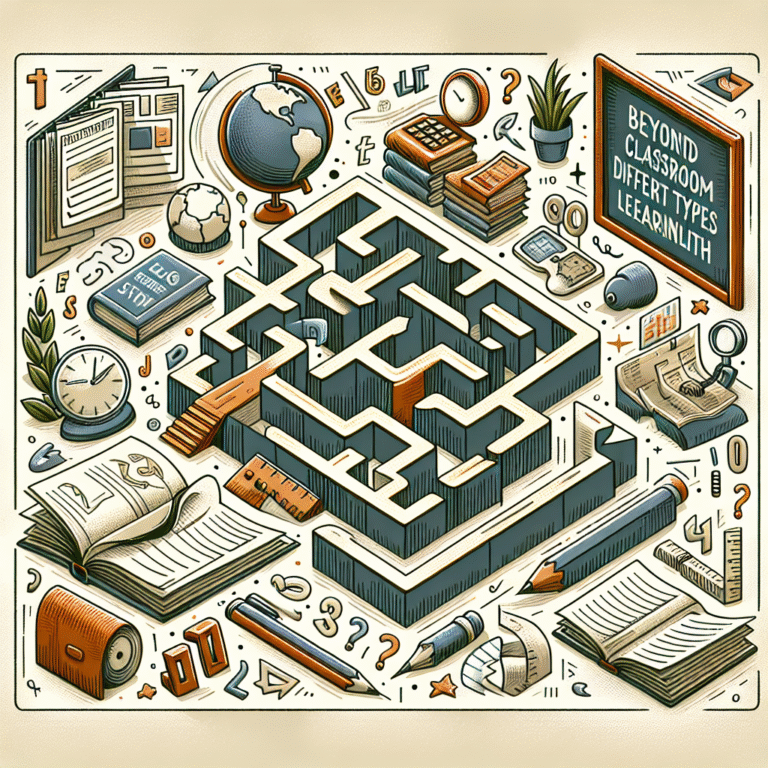
Introduction
Have you ever wondered why certain relationship patterns seem to repeat in your life, despite your best efforts? Understanding attachment styles might just hold the key to unraveling these mysteries. Attachment styles, rooted in psychological theories, significantly influence our interpersonal relationships, including friendships, romantic partnerships, and even interactions in the workplace. In this comprehensive guide, Attachment Styles Explained: Which One Are You?, we’ll dive deep into the four primary attachment styles: secure, anxious, avoidant, and disorganized. By the end, you’ll not only recognize your own attachment style but also gain insights into how to foster healthier connections in your relationships.
What Are Attachment Styles?
Attachment styles originate from the attachment theory, developed by psychologists John Bowlby and Mary Ainsworth in the mid-20th century. This theory posits that the bonds we form in early childhood with our caregivers shape our behaviors and expectations in later relationships. Understanding these styles provides a framework for evaluating how we connect with others and cope with emotional experiences.
The Four Primary Attachment Styles
1. Secure Attachment Style
Characteristics: Those with a secure attachment style are comfortable with intimacy and independence. They often communicate effectively and have a healthy sense of self-worth.
Real-World Application: Consider a couple, Sarah and Tom. They navigate conflicts with empathy and understanding, rarely resorting to stonewalling or defensiveness. Their communication is open and respectful, showcasing the benefits of a secure attachment.
| Trait | Secure Attachment Individuals |
|---|---|
| Communication | Open and honest |
| Trust | High level of trust |
| Independence | Comfortable alone and with partners |
| Conflict Resolution | Solves problems respectfully |
2. Anxious Attachment Style
Characteristics: Individuals with an anxious attachment style often seek constant reassurance and may become overly dependent on their partners. They may worry excessively about their relationship status.
Real-World Application: Meet Alex and Jamie. Alex often feels insecure about Jamie’s love. This anxiety leads to clingy behavior, which ironically drives Jamie away. Recognizing their attachment styles could empower them to communicate their needs better.
| Trait | Anxious Attachment Individuals |
|---|---|
| Communication | Needs constant affirmation |
| Trust | Often doubtful of partner’s feelings |
| Independence | Tends to struggle with being alone |
| Conflict Resolution | May escalate conflicts |
3. Avoidant Attachment Style
Characteristics: Avoidant individuals value their independence to the extent that they often struggle with closeness and intimacy. They may appear emotionally distant.
Real-World Application: Think about Emily and Ryan. Emily craves intimacy, but Ryan tends to pull away when things get too close. Their differing attachment styles necessitate deliberate and open conversations about their needs and fears.
| Trait | Avoidant Attachment Individuals |
|---|---|
| Communication | Prefers to keep feelings private |
| Trust | Reluctant to trust others deeply |
| Independence | Highly values personal space |
| Conflict Resolution | Avoids confrontation |
4. Disorganized Attachment Style
Characteristics: Those with a disorganized attachment style often exhibit inconsistent behaviors. Their responses to relationships may be erratic, swinging between anxiety and avoidance.
Real-World Application: Picture Lily and Mark. Lily has a history of trauma and finds herself alternating between seeking connection and pushing Mark away. Understanding this pattern can help both partners approach their relationship with compassion and patience.
| Trait | Disorganized Attachment Individuals |
|---|---|
| Communication | Unpredictable and inconsistent |
| Trust | Experiences fear related to relationships |
| Independence | Uncertain about being alone |
| Conflict Resolution | Tends to react unpredictably |
How to Identify Your Own Attachment Style
Understanding your own attachment style is crucial for personal growth and improving your relationships. Here are some strategies to help you identify your style:
Reflect on Your Childhood: Consider your early relationships with caregivers. Did you feel secure and loved, or were you often anxious and worried about your parents’ availability?
Analyze Relationship Patterns: Look at your current and past relationships. Do you gravitate toward partners who provide a lot of reassurance, or do you find yourself frequently distancing from those who want closeness?
- Take an Assessment: Various psychological assessments can also help. One popular option is the "Attachment Style Questionnaire."
Case Studies: Real-World Examples
Case Study 1: The Secure Couple
Sarah and Tom showcase the ideal balance in a relationship. Their secure attachment style allows them to handle life’s ups and downs together while maintaining their individual identities. During challenging times, they communicate openly, ensuring both partners feel heard. Their relationship flourishes through mutual trust and respect.
Case Study 2: The Anxious-Avoidant Dynamic
Alex and Jamie represent a common pitfall in relationships affected by attachment styles. Alex’s anxious attachment creates a whirlwind of anxiety while Jamie’s avoidance leaves Alex feeling abandoned. Recognizing their differing styles can help them navigate this complex terrain, as they learn to express their needs more authentically.
Case Study 3: Healing from Disorganized Attachment
Lily’s history of trauma informs her disorganized attachment style. She often finds comfort in relationships but balances this with a fear of getting hurt. By working with a therapist, Lily learns strategies to help communicate her needs more clearly to Mark, allowing for a healthier dynamic and greater understanding.
| Case Study | Attachment Styles | Key Insights |
|---|---|---|
| Secure Couple | Secure | Effective communication and mutual trust |
| Anxious-Avoidant | Anxious & Avoidant | Recognizing and addressing differing needs |
| Healing from Trauma | Disorganized | Importance of therapy and communication |
Improving Your Attachment Style
Now that you have a grasp on the various attachment styles, it’s time to explore how to improve your own or navigate interactions with others.
Self-Awareness: The first step to transformation lies in acknowledging your attachment style. Reflecting on patterns and habits is critical.
Open Communication: Foster honest and open conversations with partners and friends. Discuss your attachment style and how it impacts your relationships.
Therapy: Consider professional guidance. Individual therapy or couples counseling can facilitate growth and healing in your attachment style.
- Practice Vulnerability: Embrace vulnerability by sharing your fears and desires with trusted individuals. This can help enhance intimacy and build trust in relationships.
Conclusion
Understanding attachment styles is not just an academic exercise; it’s a transformative journey that impacts every area of our lives. By exploring Attachment Styles Explained: Which One Are You?, you can gain insight into your interpersonal dynamics, fostering better connections with yourself and others. Whether you have a secure, anxious, avoidant, or disorganized attachment style, there is hope for growth and healing. Embrace the opportunity to embark on this journey, not only for personal fulfillment but also to improve the quality of your relationships.
FAQs
1. What is the most common attachment style?
The most widely observed attachment style is secure attachment. However, many people experience combinations of styles in different relationships.
2. Can attachment styles change over time?
Yes, attachment styles can evolve based on new experiences, relationships, and self-awareness. Personal growth and therapy often facilitate these changes.
3. How can I improve my anxious attachment style?
Focus on building self-esteem, practicing open communication, and seeking relationships that foster security and trust.
4. Is it possible to have a healthy relationship with someone who has a different attachment style?
Absolutely! Understanding each other’s styles and engaging in open dialogue can create a foundation for a healthier relationship.
5. How can I identify my partner’s attachment style?
Observe their behaviors in relationship contexts, especially during conflicts or intimate moments, and engage in conversations about their needs and experiences.
With these insights, you’re better equipped to navigate the fascinating world of attachment styles. Explore and embrace your unique journey!















